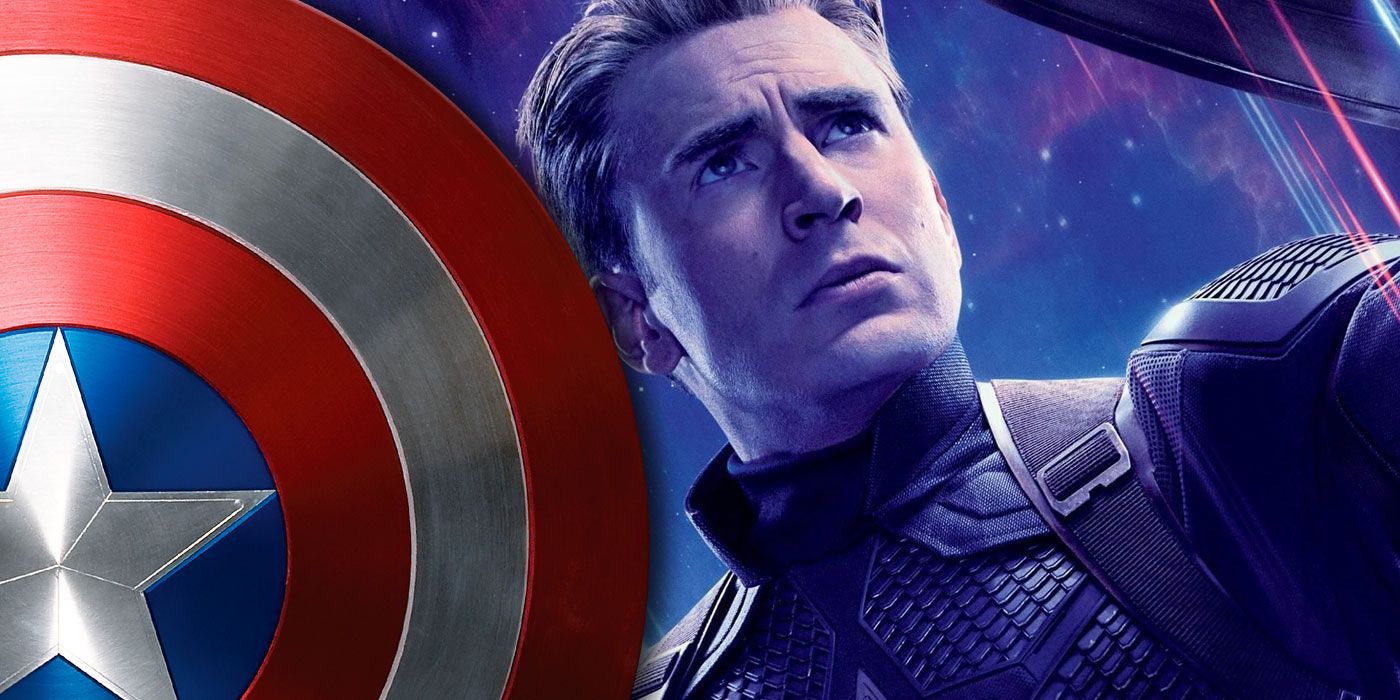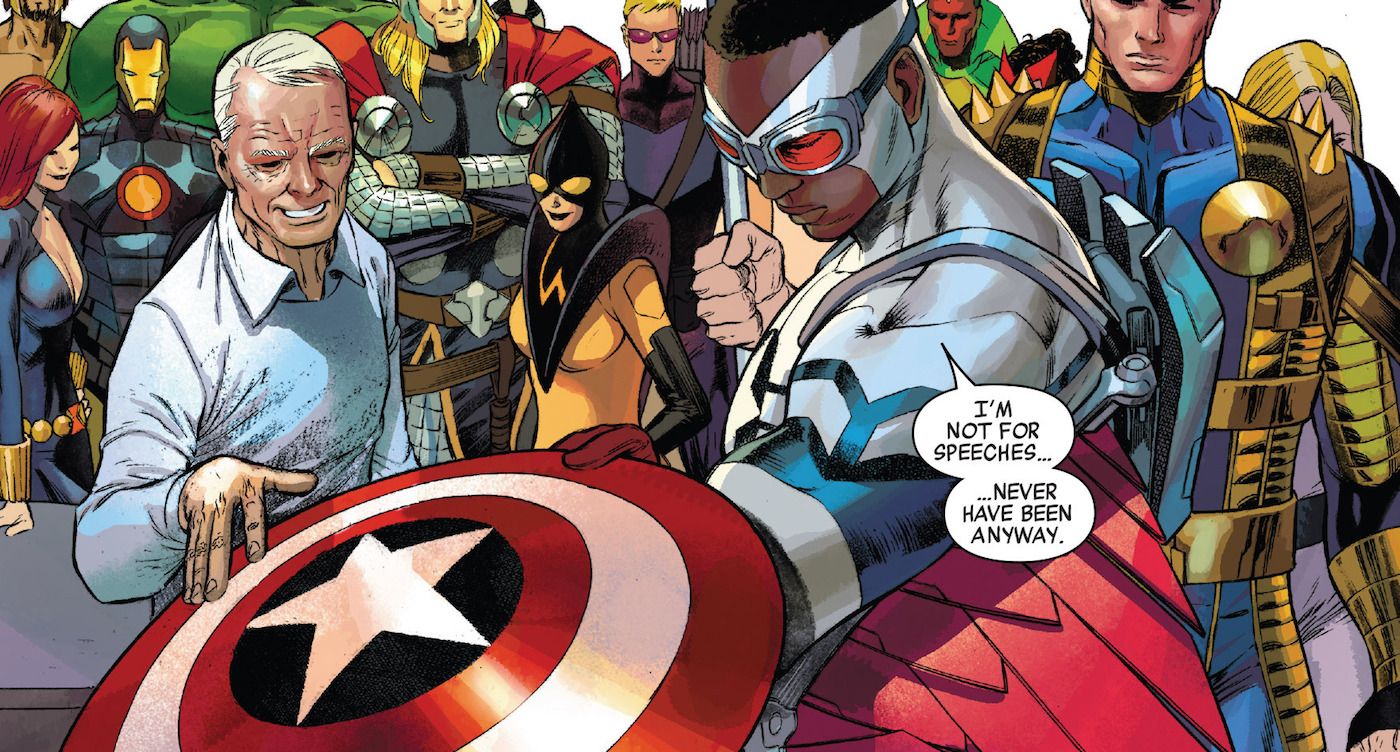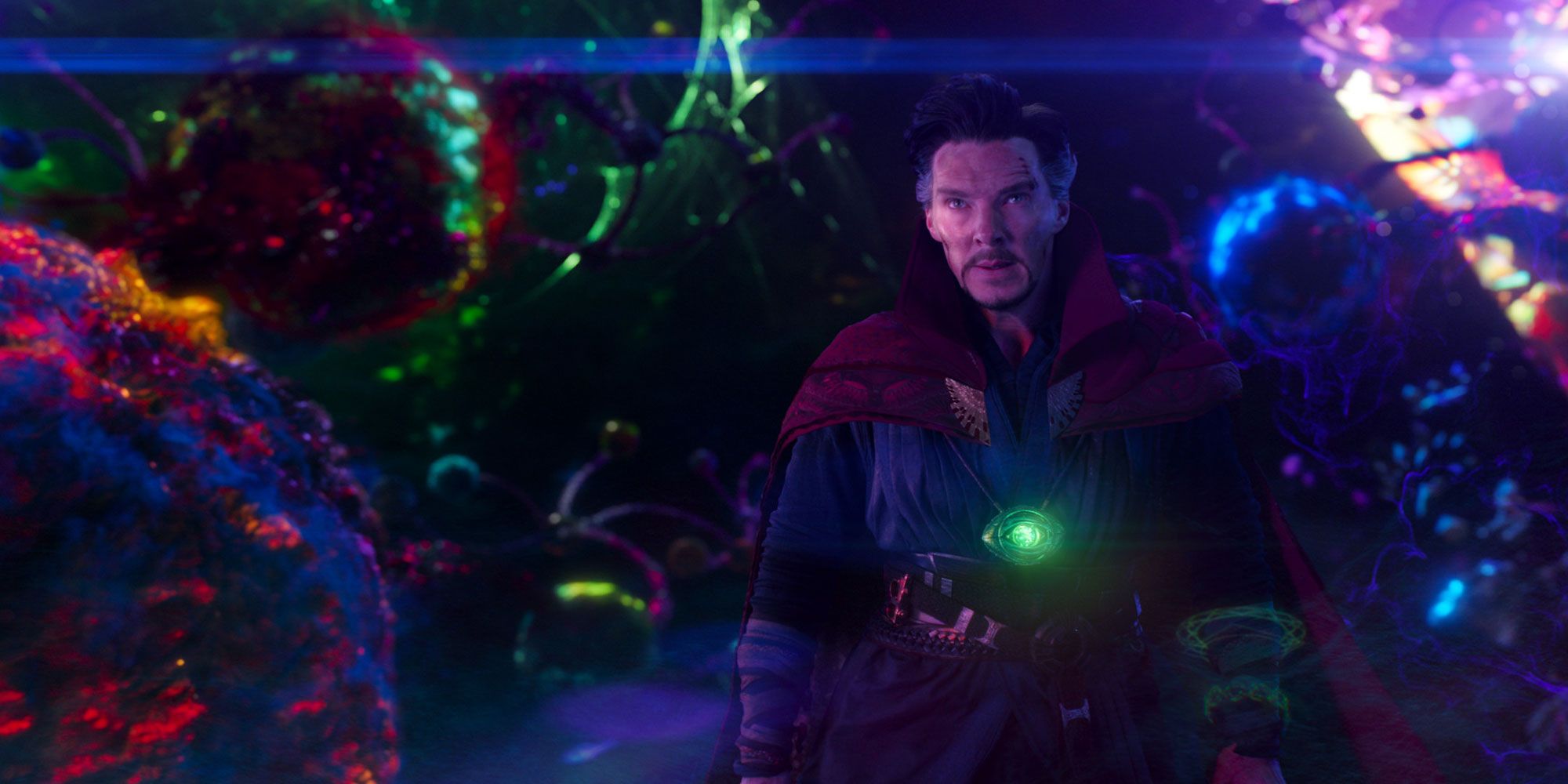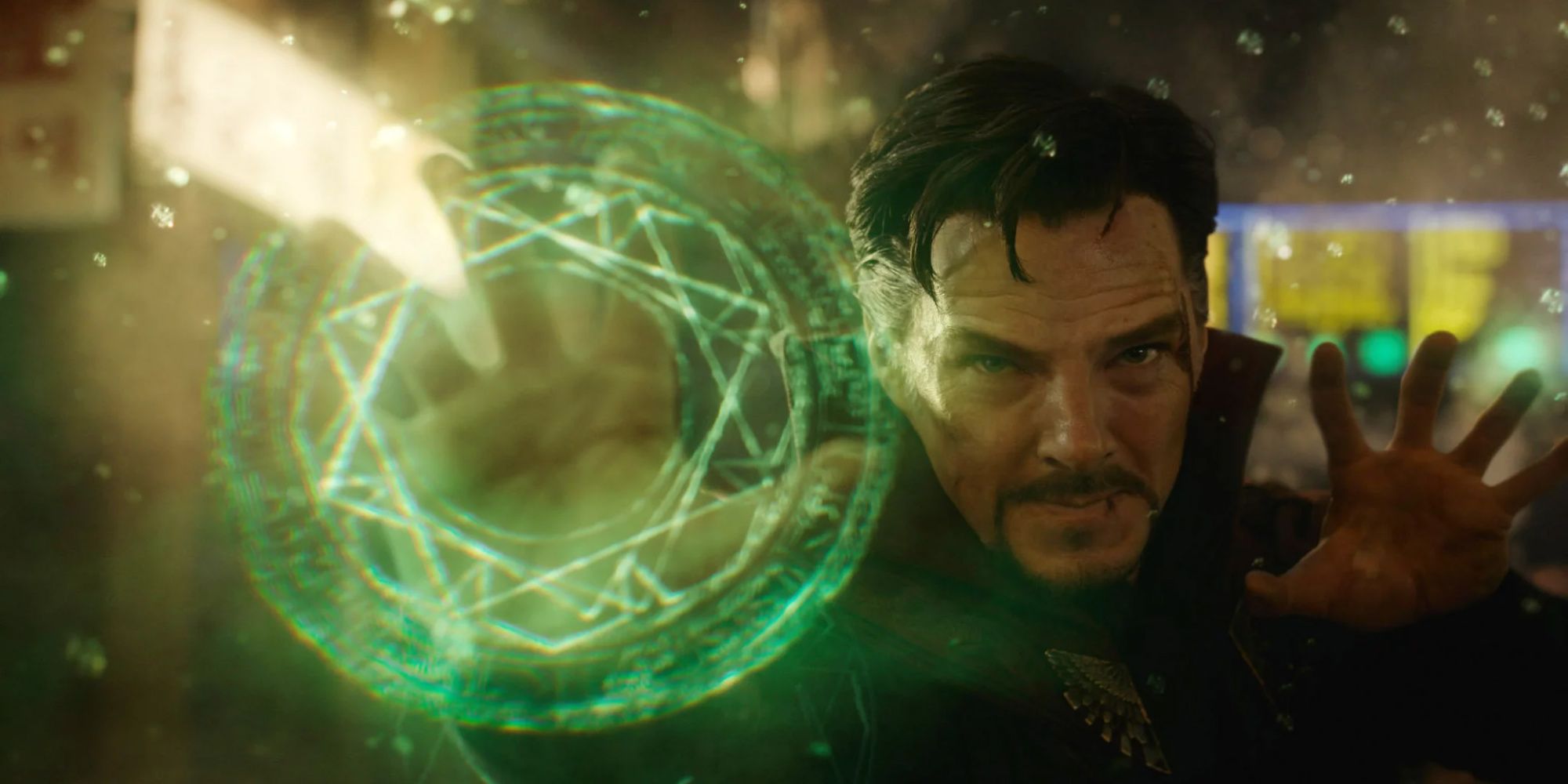WARNING: The following article contains spoilers for Avengers: Endgame, in theaters now.
Time travel is confusing enough, but directors Joe and Anthony Russo haven't made it untangle the web of cross-time adventures they wove through Avengers: Endgame. And while that aspect of the plot may be somewhat confusing -- as time travel so often is -- the filmmakers have further muddied the waters in an interview seemingly intended to clarify: how Steve Rogers went back in time, lived an entire life with Peggy Carter, and returned to the film's present as an old man.
In an ordinary time-travel story, it might be relatively simple. Steve traveled back, remained there for his entire life, and knew when to arrive at Tony Stark's lakeside home, because he had been there a lifetime ago. But Endgame goes to great lengths to distance itself from other time-travel fiction, and sets up its own rules that permitted characters to interact with their past selves without ripping the space-time continuum to shreds.
It's specified that, when characters travel back in time and affect a major change, their actions split the timeline, and create an alternate reality. One would then logically presume there are now at least two parallel realities in which virtually similar events occurred. They're divided simply because, in one, Steve quietly remained hidden away as Peggy's husband, careful not to interfere with events as they unfold around him. However, the Russo brothers have indicated that wasn't the case.
For Want of a Shield
The Russos were asked how an aged Captain America ended up on that bench at the end of Endgame. Instead of providing clarity, their response added a new layer of complexity.
"If Cap were to go back into the past and live there, he would create a branched reality. The question then becomes, how is he back in this reality to give the shield away?" Joe Russo asked. "Interesting question, right? Maybe there’s a story there. There’s a lot of layers built into this movie and we spent three years thinking through it, so it’s fun to talk about it and hopefully fill in holes for people so they understand what we’re thinking.”
To fully untangle this, we have to focus on a few details. Mainly, that Steve Rogers traveled back in time with a fractured shield. How, then, would he be able to hand off his primary weapon to Falcon in a timeline in which there is only one whole shield?
The most obvious explanation is that the shield Steve gives Sam Wilson belonged to a different Captain America, from a different timeline ... perhaps one with a very different outcome from that seen in the "main" Marvel Cinematic Universe. But that would then mean Cap figured out a way to not only time travel, but also to hop between realities.
That, of course, means Old Man Cap not only split the timeline, he also came back from a timeline he significantly altered. Because, how else does he have an undamaged shield to hand off to Sam Wilson?
Further complicating matters, Steve reappears as an old man, rather than as his younger self, on Banner's time machine platform. That means he didn't return using the technology that sent him into the past. Therefore, he found a different way to travel through time and realities.
The Marvel Cinematic Multiverse
As confusing as it may be, Old Man Cap's alternate-timeline adventure isn't the first time a Marvel character traveled from one dimension to the next. Doctor Strange established the existence of the multiverse in the MCU. It's likely not a coincidence that the Ancient One explained the nature of diverging timelines to Bruce Banner the same way she exposed Stephen Strange to the countless other dimensions that run parallel to their own.
While it may seem easy to miss, the Dark Realm and Mirror Realm of Doctor Strange have much in common with the concept of an alternate timeline. Despite those realms being more alien, they are other realities.
But Why Did They Have Make Things Complicated?
The rules set up by the film are intended to keep the MCU stable: Events that already occurred can't be undone by future films simply hand-waving everything away. That would create a world without consequences. Alternate timelines and realities? Sure. Diverging paths? Yes. But something that can destroy the entire MCU reality? Probably not. So while this theory is complicated, it helps to keep the events of the MCU fixed.
However, when you introduce time travel into a story that is otherwise relatively straightforward, the unexpected can occur. There's a reason the Time Stone is so dangerous for all parties involved: It can fragment time.
And it can weaken the value of individual films if all it takes to retcon that events is for someone to stumble across Tony Stark's time machine.
Directed by Joe and Anthony Russo, Avengers: Endgame stars Robert Downey Jr. as Iron Man, Chris Evans as Captain America, Mark Ruffalo as Bruce Banner, Chris Hemsworth as Thor, Scarlett Johansson as Black Widow, Jeremy Renner as Hawkeye, Brie Larson as Captain Marvel, Paul Rudd as Ant-Man, Don Cheadle as War Machine, Karen Gillan as Nebula, Danai Gurira as Okoye and Bradley Cooper as Rocket, with Gwyneth Paltrow Pepper Potts, Jon Favreau as Happy Hogan, Benedict Wong as Wong, Tessa Thompson as Valkyrie and Josh Brolin as Thanos.




